Newly Discovered Moon Cave Could House Future Astronauts, Scientists Reveal
Scientists have confirmed a significant discovery on the moon: a sizable cave that could potentially house future astronauts. This cave, located in the Sea of Tranquility, was found just 250 miles from the historic Apollo 11 landing site.
The cave was identified through radar measurements by NASA’s Lunar Reconnaissance Orbiter, providing a new perspective on lunar exploration.
The Sea of Tranquility: A Historic Location
The Sea of Tranquility, where the cave is located, is not far from where Neil Armstrong and Buzz Aldrin landed 55 years ago.

Source: Nature
This region of the moon holds historical significance and now, with this new discovery, could play a crucial role in future space missions.
Radar Technology Unveils Lunar Secrets
The cave was discovered by an Italian-led team using radar technology from NASA’s Lunar Reconnaissance Orbiter.

Source: Alex Ingle/Schmidt Ocean Institute
By analyzing radar data and comparing it with lava tubes on Earth, the team uncovered evidence of the cave. This advanced technology has allowed scientists to peer beneath the lunar surface and reveal hidden features that were previously unknown.
The Cave's Impressive Dimensions
The cave is estimated to be at least 130 feet wide and extends tens of yards in length. This substantial size suggests that it could provide ample space for future lunar habitats.
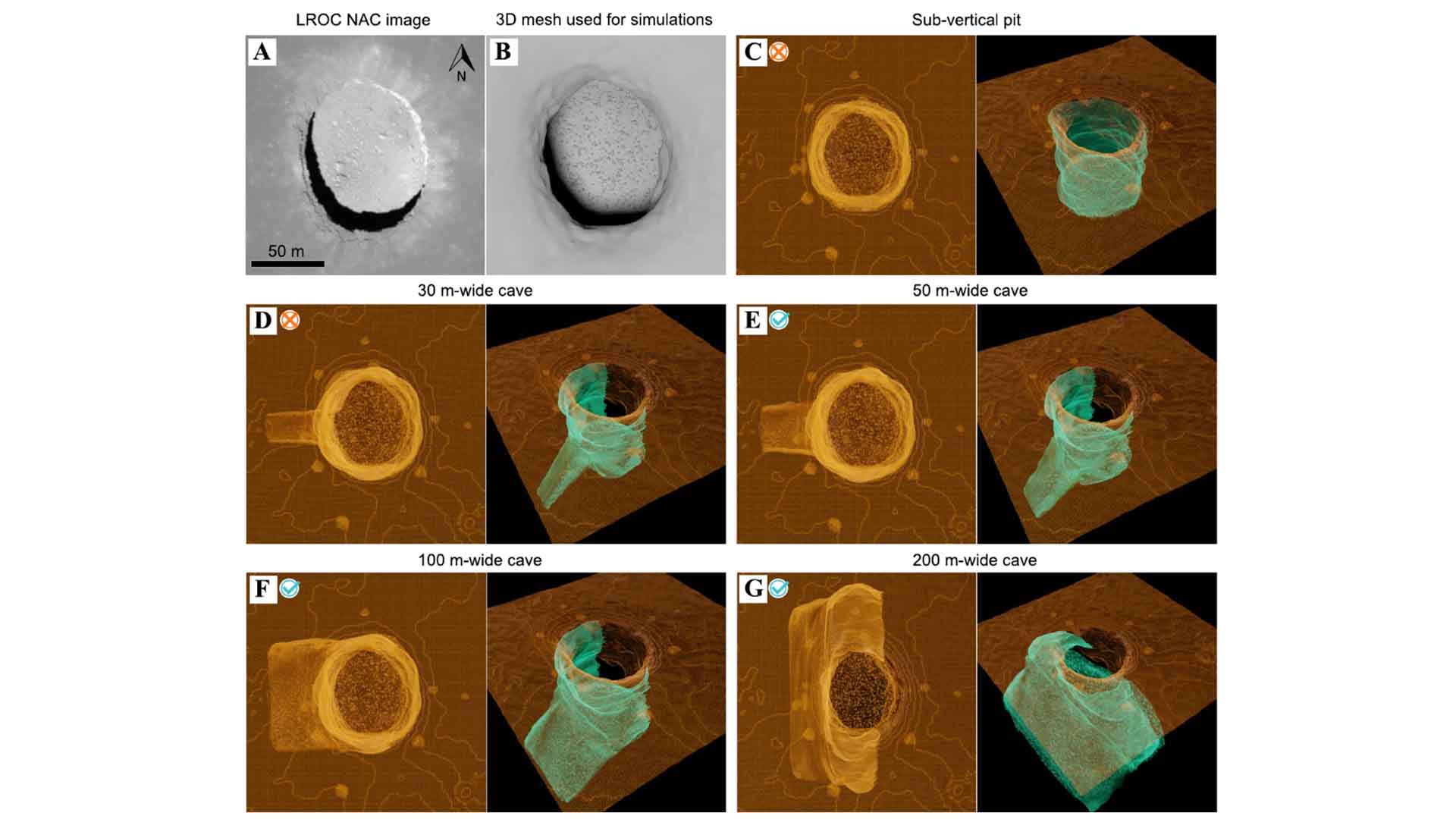
Source: Nature
The discovery of such a large cave hints at the possibility of more underground structures on the moon that could support human life.
Potential for Lunar Habitats
The Nature Astronomy study highlights the cave as a promising site for a lunar base. The cave offers natural shelter from the harsh surface environment, providing protection from radiation and micrometeorites.

Source: Heritage Space/Heritage Images/Getty Images
This natural protection could be crucial for establishing a long-term human presence on the moon.
Challenges of Building Lunar Habitats
While the cave offers potential, building habitats within it poses challenges. Constructing safe living quarters in the cave would require significant reinforcement to prevent collapse.

Source: China News Service/Wikimedia Commons
Despite these challenges, the cave’s natural advantages make it a pretty compelling option for future lunar bases.
Insights into Lunar Geology
Rocks and materials within these caves, unaltered by the moon’s surface conditions, can offer valuable insights into its geological history.
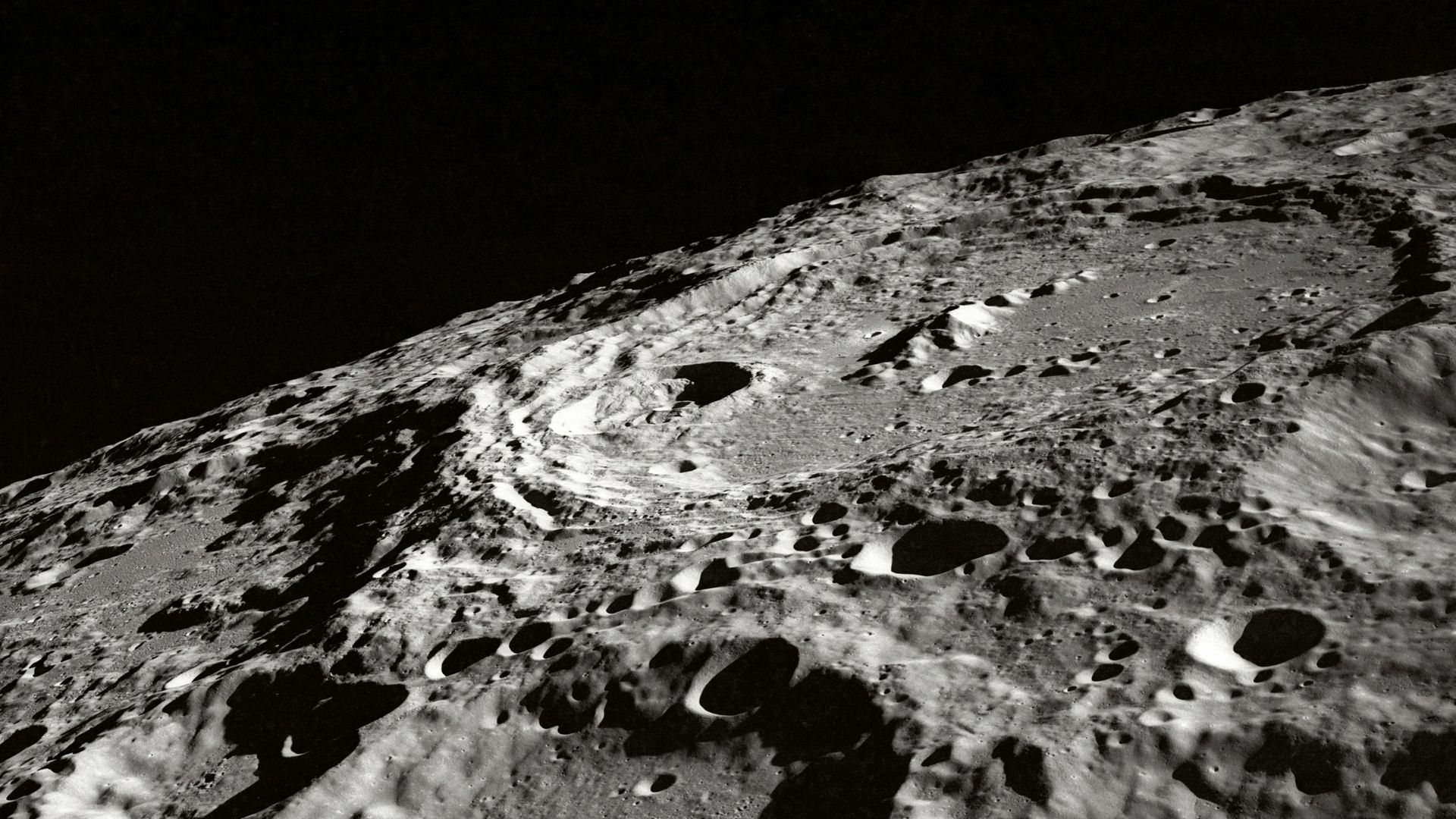
Source: NASA/Unsplash
By studying these untouched samples, scientists can better understand the moon’s volcanic activity and evolution, adding to our knowledge of lunar history.
Global Efforts in Lunar Research
This discovery is part of ongoing global efforts to explore and understand the moon.

Source: Public Domain/Wikimedia Commons
Recently, China’s Chang’e 6 lunar probe returned with rock and soil samples, aiming to shed light on differences between the two sides of the moon.
The Promise of Future Exploration
Scientists believe that in 20 to 30 years, humans could potentially shelter in these lunar caves.
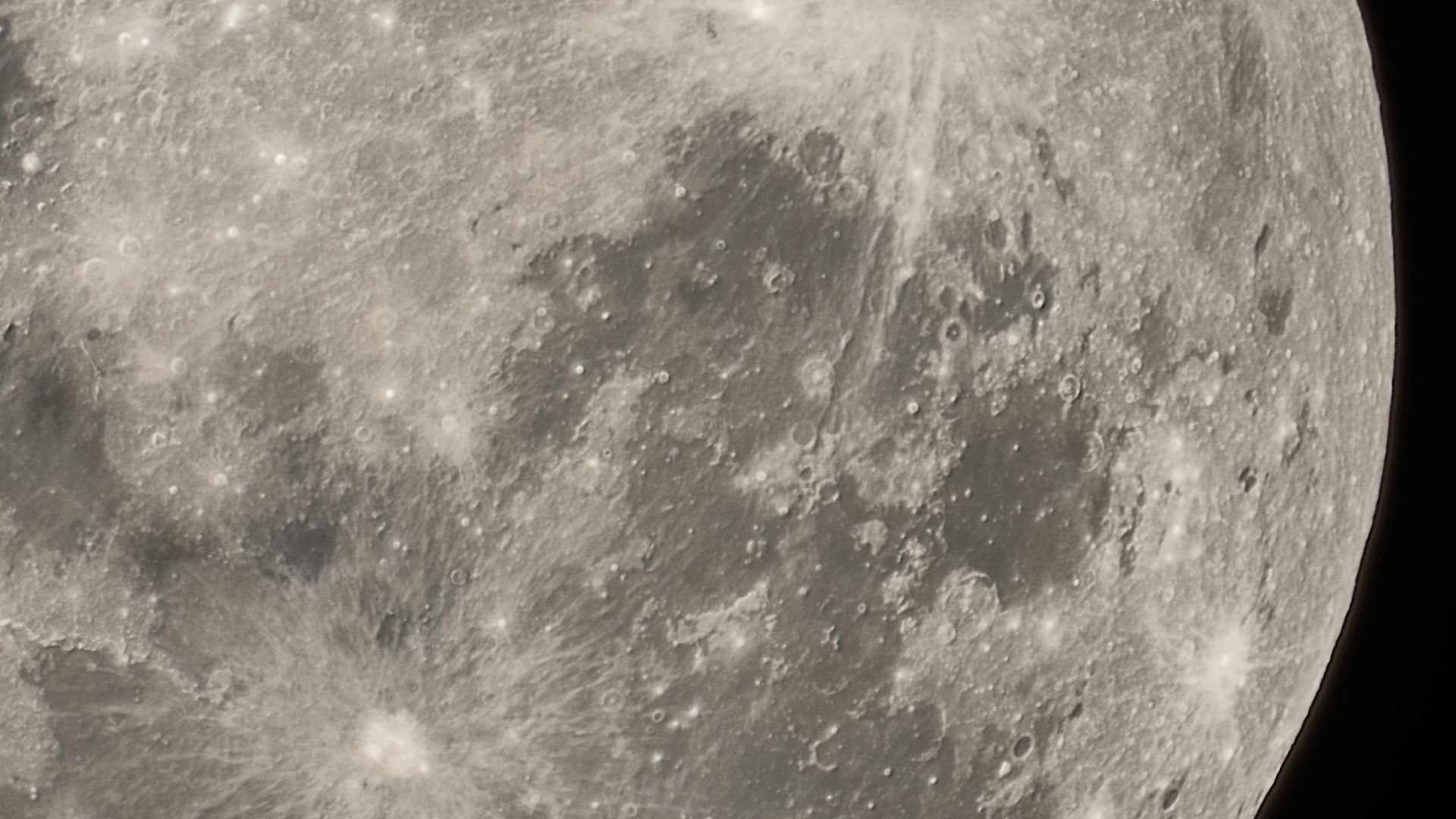
Source: Michael/Unsplash
British astronaut Helen Sharman noted that accessing these caves might require advanced technology like jet packs or lifts due to their depth.
The Role of Lava Tubes
The cave was formed by the collapse of a lava tube, similar to over 200 other pits discovered on the moon. These lava tubes, created by ancient volcanic activity, could provide a network of subterranean shelters.

Source: Toby Elliott/Unsplash
The exploration of these structures could open new avenues for lunar habitation and research.
A New Era of Lunar Exploration
The confirmation of the cave marks a new era in lunar exploration. Scientists like Leonardo Carrer and Lorenzo Bruzzone, who led the research, are excited about the possibilities this discovery presents.
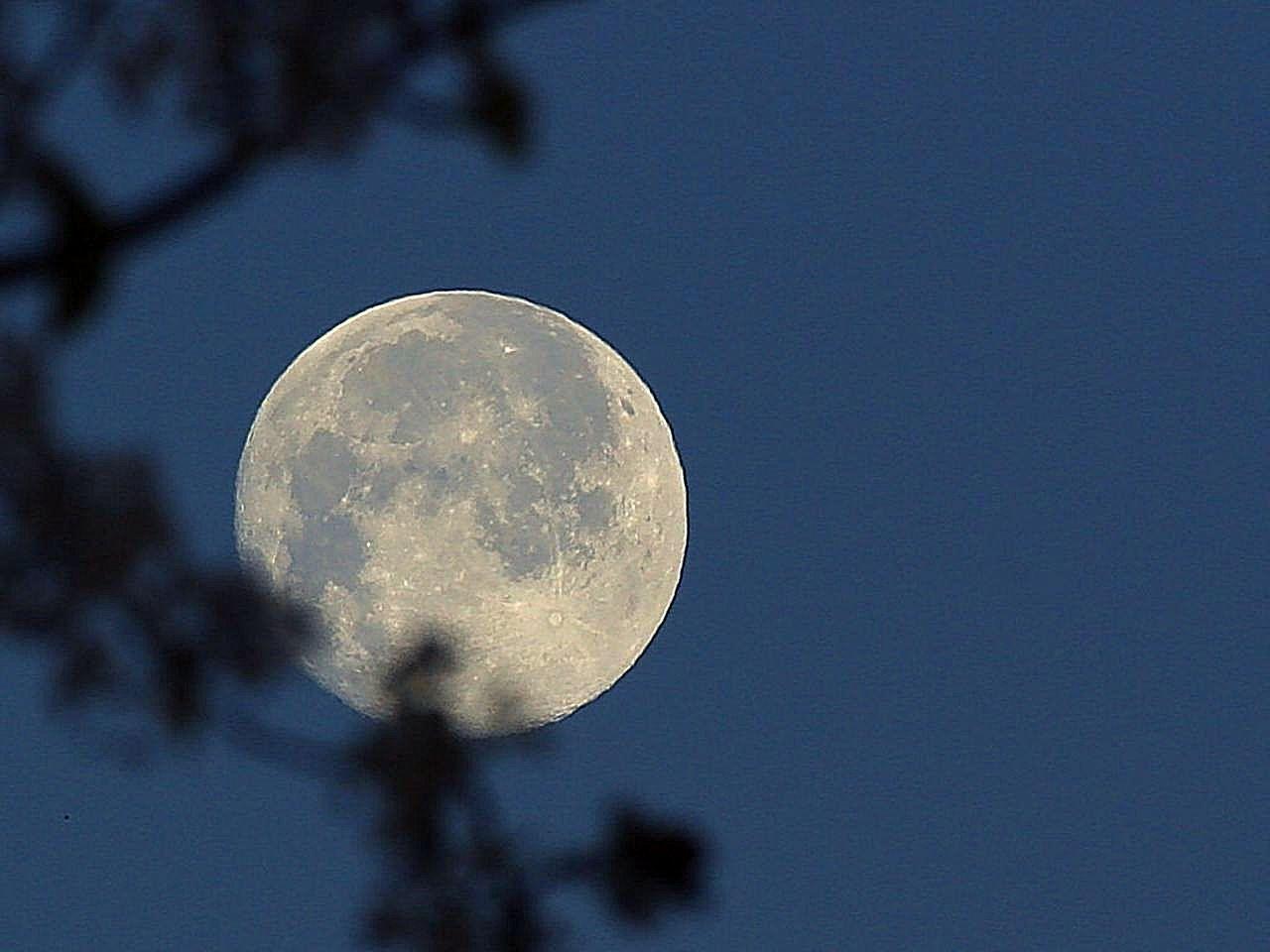
Source: Wikimedia
Their work demonstrates the importance of continued lunar research and the exciting potential for future human settlements.
Human Habitation on the Moon
The discovery of this cave is a significant step towards realizing the dream of human habitation on the moon. As technology advances and our understanding of the moon deepens, the possibility of establishing a lunar base becomes more tangible.
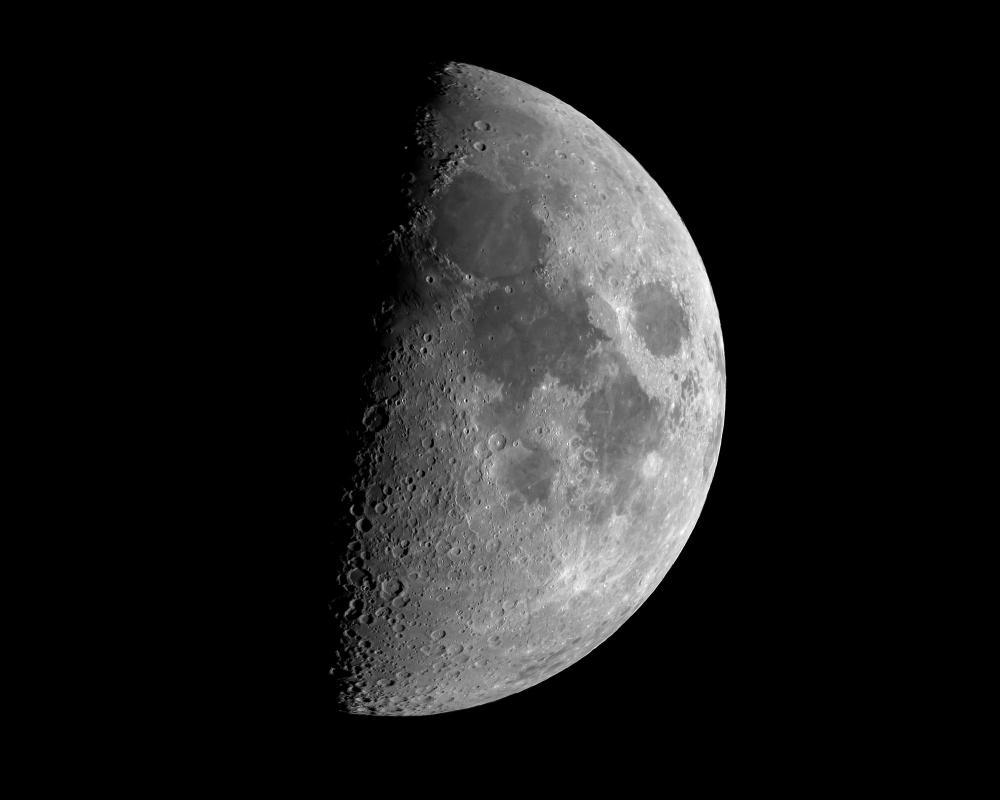
Source: Freepik
This landmark discovery sets the stage for future explorations and the eventual colonization of the moon.
